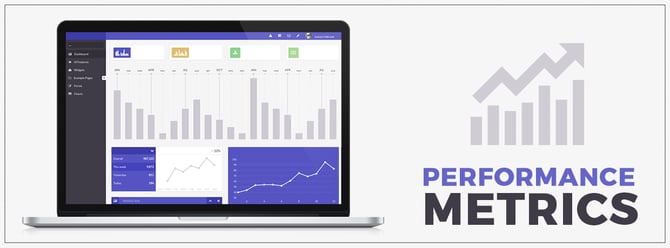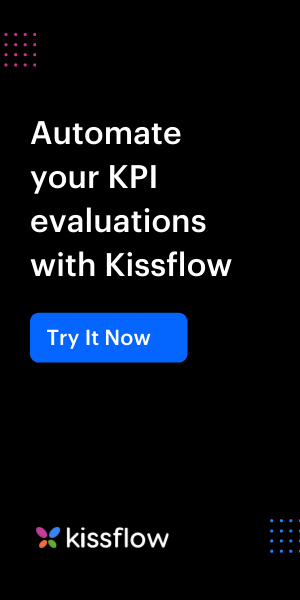You are Here: BPM Software >> Process Performance Metrics
All of your business processes have deadlines, but how many fail to meet them? When your process is repeatedly behind schedule, you need to identify what is causing the lag and find a solution for improvement.

For example, Keith is responsible for an Employee Onboarding process. He has set up the entire process to end no more than three days after the new employee starts. However, the final steps can sometimes happen up to two weeks after the new joinee’s first day. Keith needs a way to look at his process quickly.
What is Process Performance Metrics?
Process Performance Metrics is a tool to spot issues with a process and help enterprises make meaningful decisions to improve processes. The Process Performance Metrics in a business process management system capture process data to allow your process administrator to identify one of two problems:
- The process was not modelled correctly (e.g., unrealistic deadlines).
- Person involved in the process was inefficient (e.g., certain tasks were completed outside the system and not updated)
Process-driven Metrics
Process Performance Metrics overlap closely with Key Performance Indicators (KPIs). Both help a company know if it is achieving expected goals on time. KPIs are studied at a strategic, upper management level, and often times called ‘Strategic Process Performance Metrics’. Process Performance Metrics are integral to BPM systems because they zero in on an individual process at a given time and offer intelligent data.
Let’s go back to Keith’s situation. When he opens up his performance metrics report, he finds that occasionally issuing new ID cards takes substantially longer than it usually does. After drilling down further, he sees that this task often gets queried back to an earlier step.
Keith investigates further and finds that the admin team in charge of issuing ID cards can’t see some of the required data, so they usually have to send it back to HR and wait until they manually receive an email or message with the right information. Keith immediately fixes the problem and makes sure each team has the data it needs.
Finding the Fault in Process
Process performance metrics can be used to reflect and judge a process’s efficiency, evaluate a process owner’s performance, remove wastage in the process, or identify the mean and max time taken to complete a process. Through the use of Process Performance Metrics in a BPM solution, an enterprise can achieve three important goals:
- Define threshold time
- Identify deviations
- Identify top performers
For any business to define a baseline expectation of a process, they should first let it run its natural course and stabilise in order to avoid setting unreasonable deadlines. If a step takes a maximum amount of time, it means there is a deviation in the process and it needs a review. Identifying the most efficient processes and task players helps businesses benchmark other processes at large.
Process Performance Metrics offer great possibilities for companies to improve their process efficiency, and they are extremely important for an organization to create value stream mapping and implement Lean Six Sigma methods.
Are Process Performance Metrics Same As Reports and Analytics?
There is a common tendency to mistake Process Performance Metrics with Reports and Analytics, another very important feature in a business process management tool. However, the two tools are fundamentally different in their approach and objectives.
While Process Performance Metrics capture system data and automatically present the summarised information to the process owners, reports and analytics dwell on user-generated data such as data entered in the form when a task is initiated. Reports and analytics help enterprises make meaningful business decisions, whereas the Process Performance Metrics help managers make decisions to improve existing processes.
For instance, an e-commerce website that receives tons of customer orders for laptops can use reports and analytics to understand which brands of laptops sell the most, and during which months. Understanding customers’ buying patterns helps the company plan their future inventory well.
In the same example, if the company receives a lot of customer complaints about a certain item taking longer than the promised five days to deliver, the management can evaluate the Process Performance Metrics to identify who is the culprit – the inventory team, the packaging and shipping department, or the dispatch team.
As you look for the best business process management software, don’t overlook process performance metrics. They are the heartbeat of continuous improvement and your efforts to improve processes later on will be handicapped without them.
Check out why these 6 BPM Software are at the top of the competition!
